

Route 66 Museum
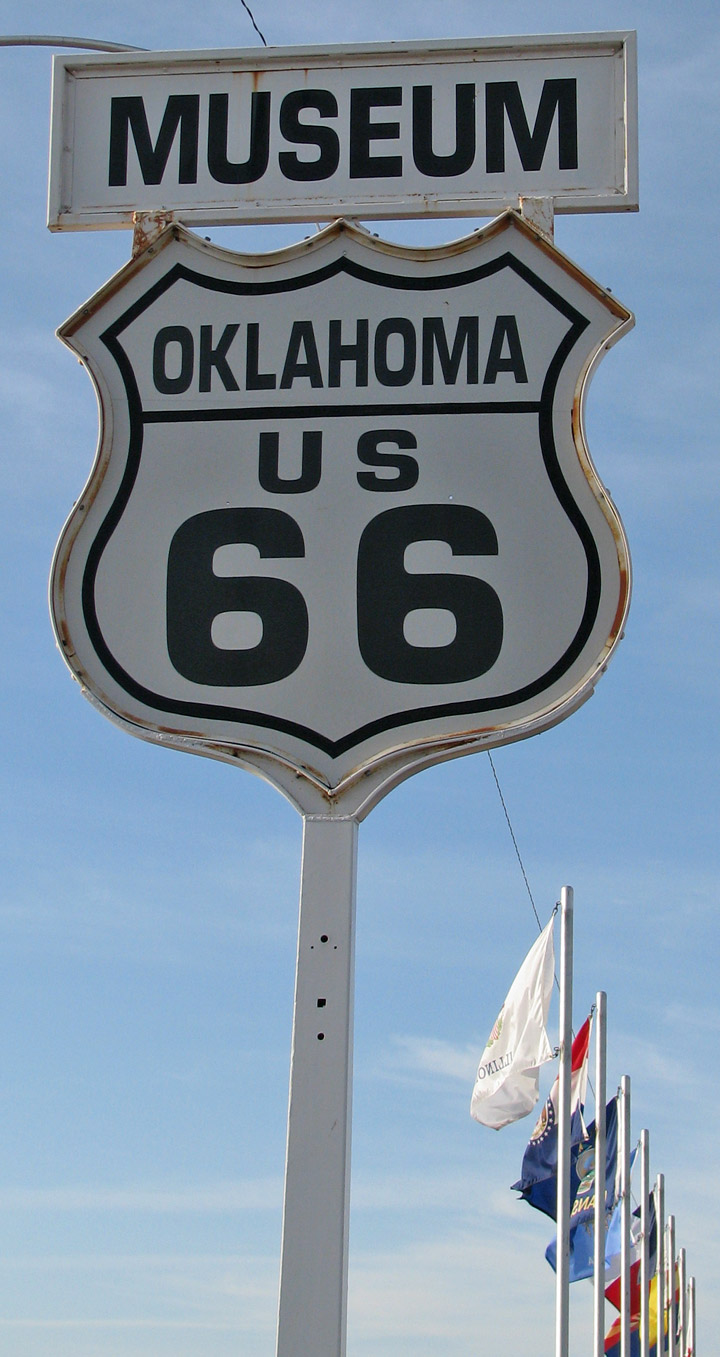
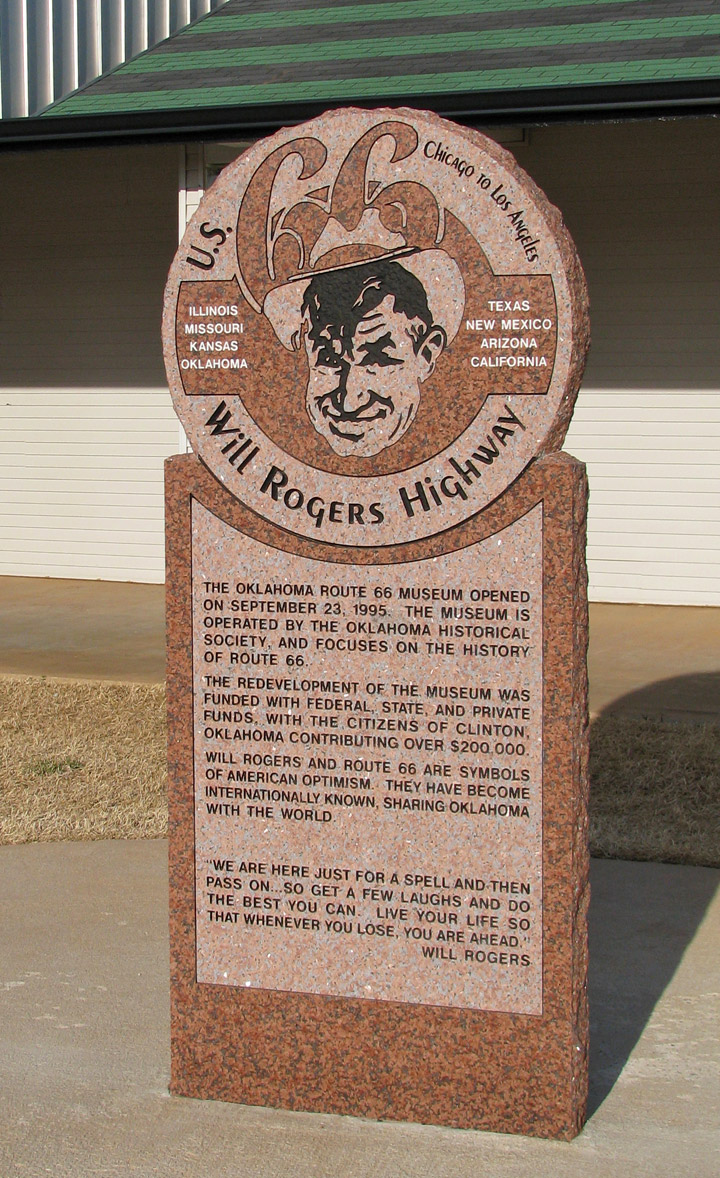
Will Rogers Highway
Route 66 (also known as U.S. Route 66, The Main Street of America, The Mother Road and the Will Rogers Highway) was a highway in the U.S. Highway system. One of the original federal routes, US 66 was established on November 11, 1926, though signs did not go up until the following year. It originally ran from Chicago, Illinois, through Missouri, Kansas, Oklahoma, Texas, New Mexico, Arizona, and California, before ending at Los Angeles for a total of 2,448 miles (3,940 km).
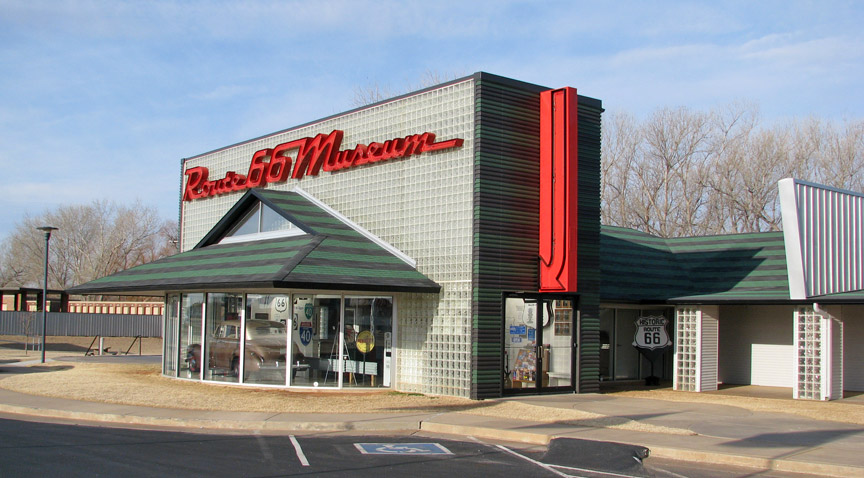
Route 66 Museum, Clinton. Oklahoma
Route 66 underwent many improvements and realignments over its lifetime that changed its overall length. One of these realignments moved the western endpoint from downtown Los Angeles to Santa Monica. Contrary to common belief, Route 66 never ran to the coast; it terminated onto what was at the time US-101 ALT, at what is today the intersection of Olympic Boulevard and Lincoln Boulevard (a segment of State Route 1). It never went to the intersection of Ocean Boulevard and Santa Monica Boulevard, even though there is a plaque dedicating Route 66 as the Will Rogers Highway there.
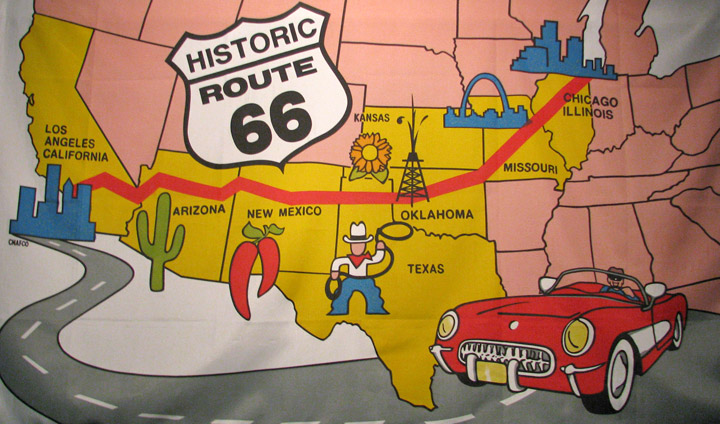
From Los Angeles to Chicago
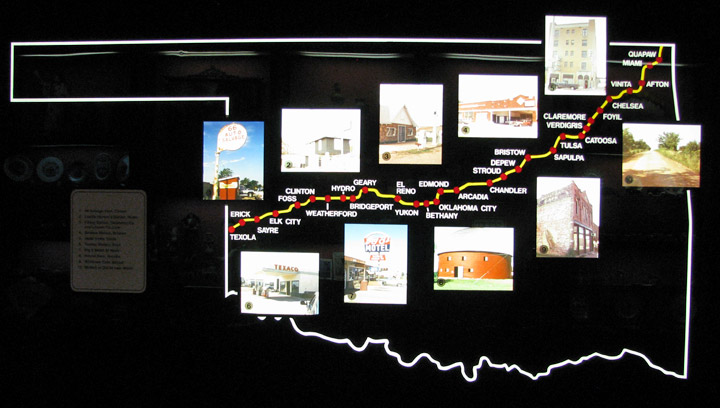
route in Oklahoma
Route 66 was a major path of the migrants who went west, especially during the Dust Bowl of the 1930s, and supported the economies of the communities through which the road passed. People doing business along the route became prosperous due to the growing popularity of the highway, and those same people later fought to keep the highway alive even with the growing threat of being bypassed by the new Interstate Highway System.
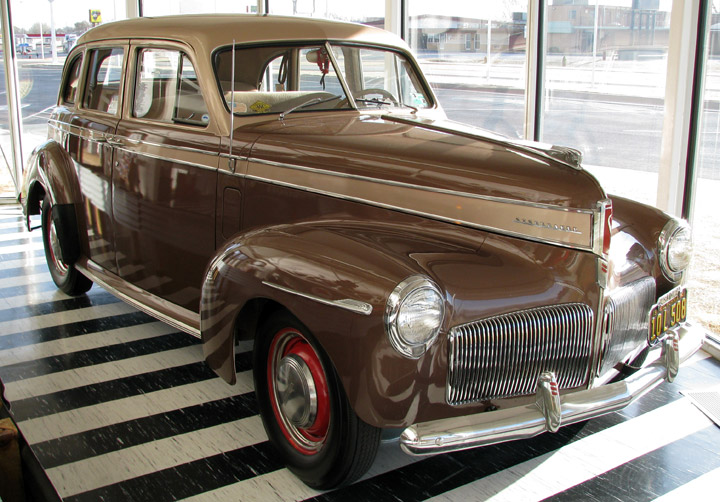
Late 30's Studebaker
Similar to the one "The Traveler" traveled
along Route 66 with his father in 1940
US 66 was officially decommissioned
(that is, officially removed from the United States Highway System) on June 27,
1985 after it was decided the route was no longer relevant and had been replaced
by the Interstate Highway System. Portions of the road that passed through
Illinois, New Mexico, and Arizona have been designated a National Scenic Byway
of the name "Historic Route 66". It has begun to return to maps in this form.
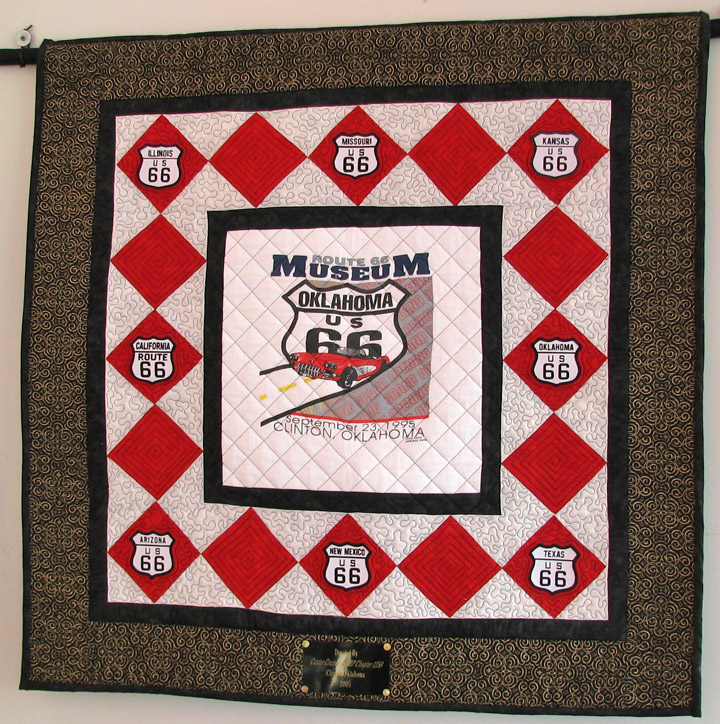
Museum Quilt
Over the years, U.S. Route 66 received many nicknames. Right after Route 66 was commissioned, it was known as The Great Diagonal Way because a large section of the highway (Chicago to Oklahoma City) ran diagonally, unlike the other highways. Later, Route 66 was advertised as The Main Street of America by the US Highway 66 Association to promote the highway. The title had also been claimed by supporters of U.S. Route 40, but the Route 66 group was more successful. In the John Steinbeck novel The Grapes of Wrath, the highway is called The Mother Road. The title continues to be applied to the highway. Lastly, Route 66 was unofficially named The Will Rogers Highway by the U.S. Highway 66 Association in 1952. A plaque dedicating the highway to the humorist is still located in Santa Monica, California. There were more plaques like this; one can be found in Galena, Kansas. It was originally located on the Kansas-Missouri state line, but moved to the Howard Litch Memorial Park in 2001.
Text from Wikipedia
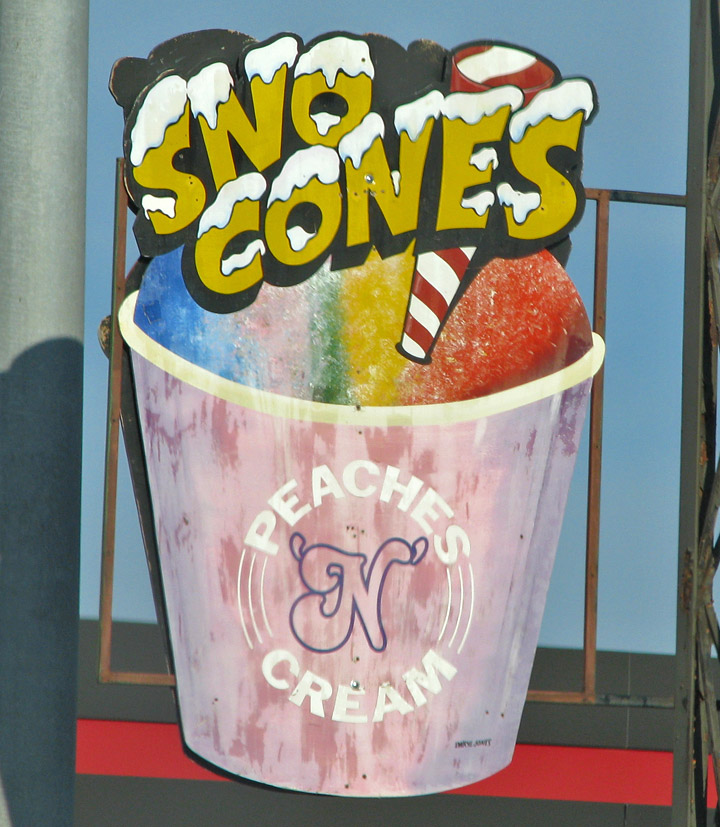
Sno Cones
Remembrances of Auto Travel on Route 66

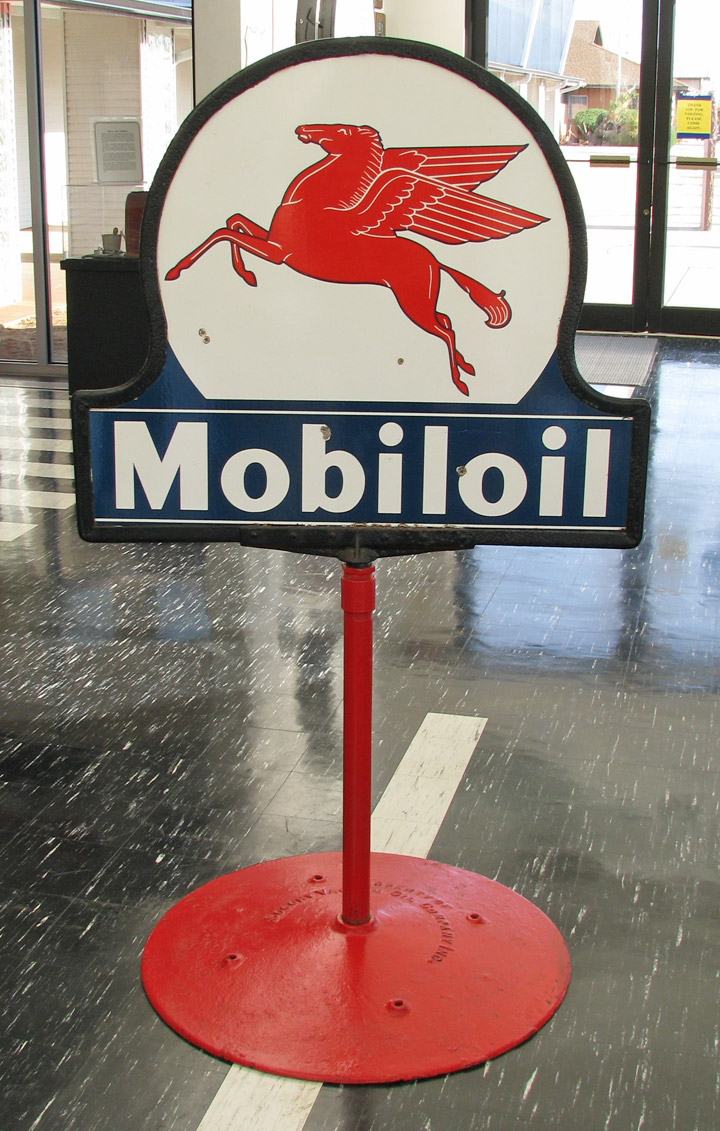
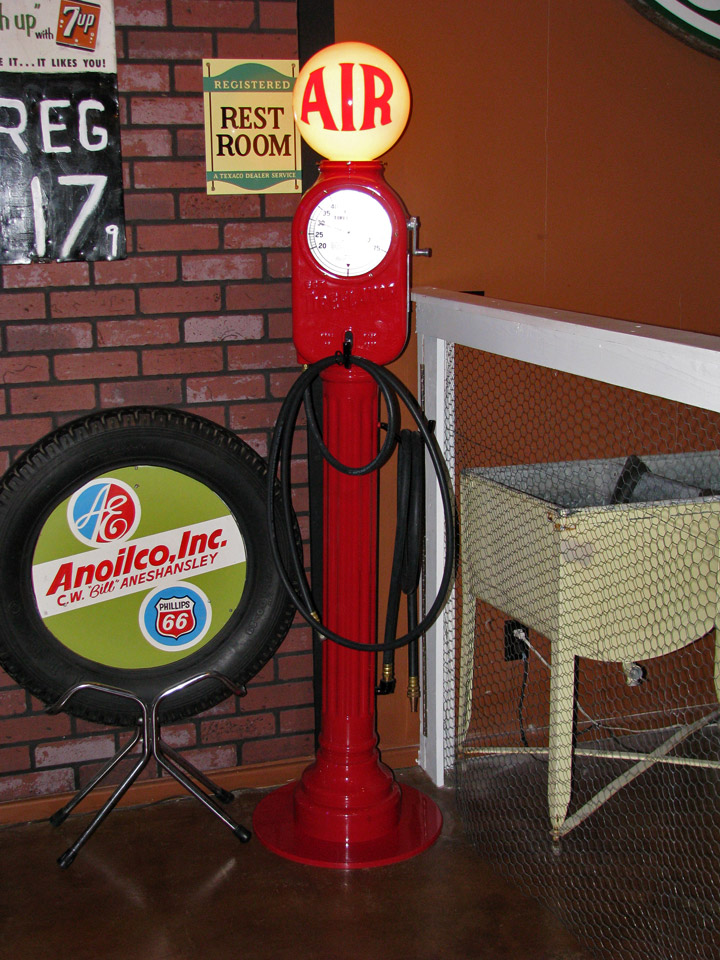
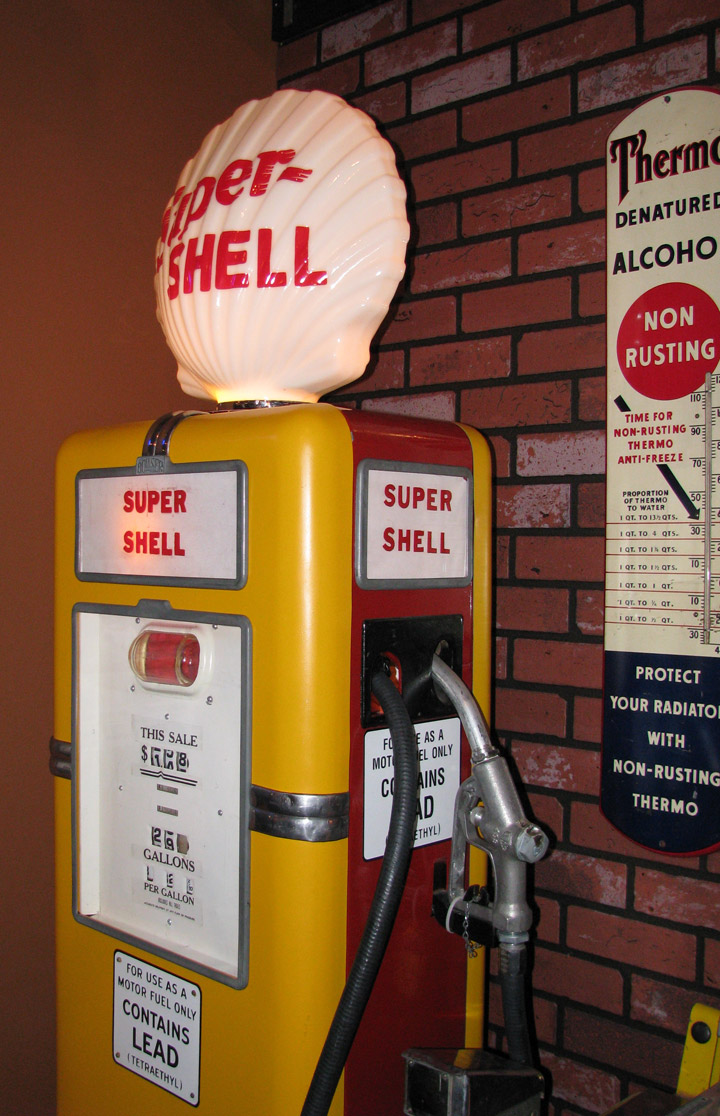
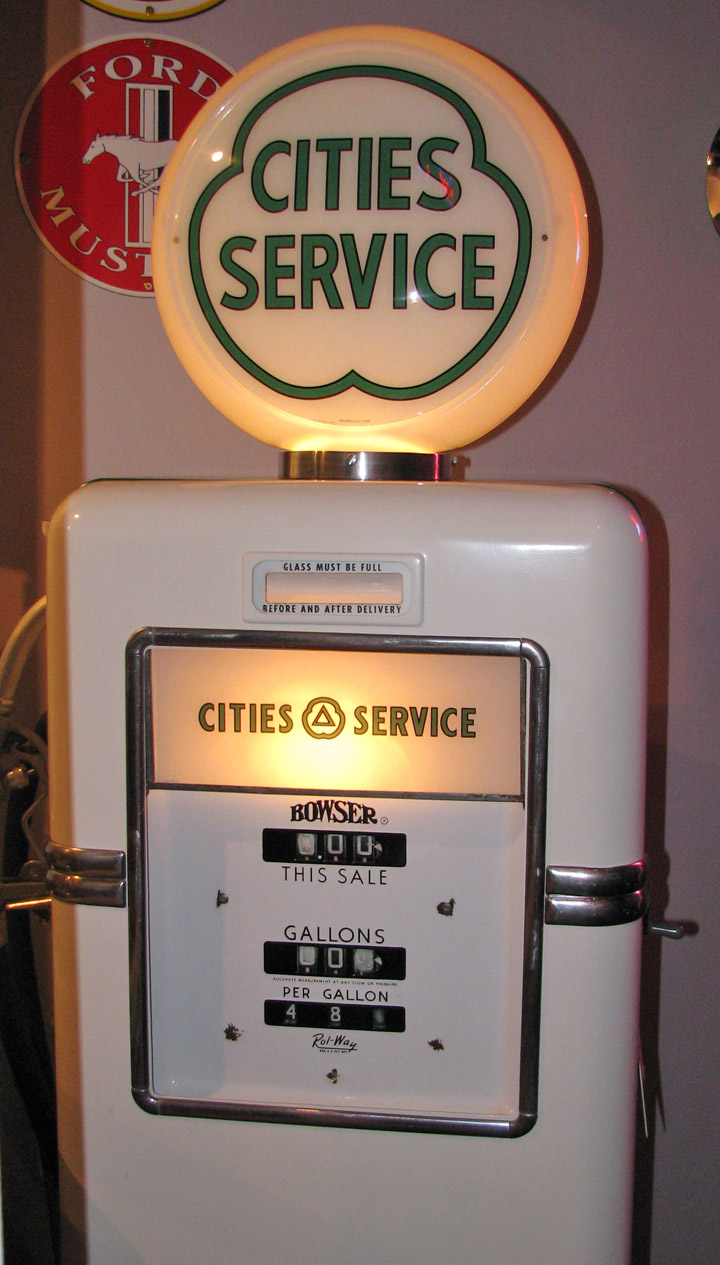

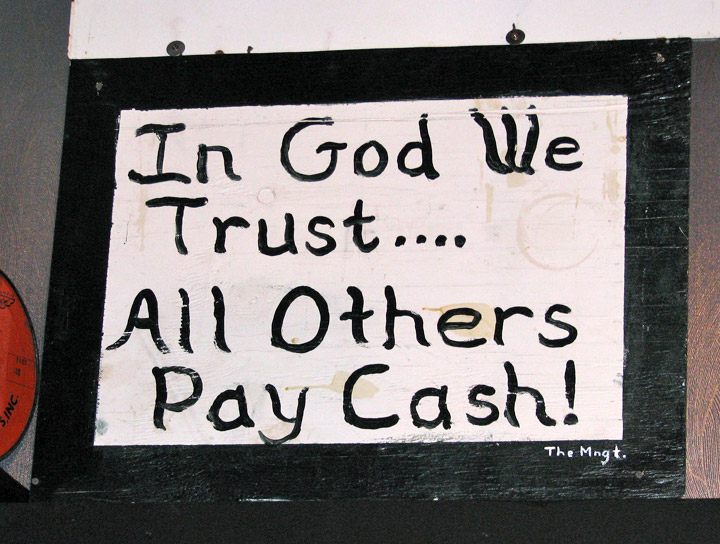
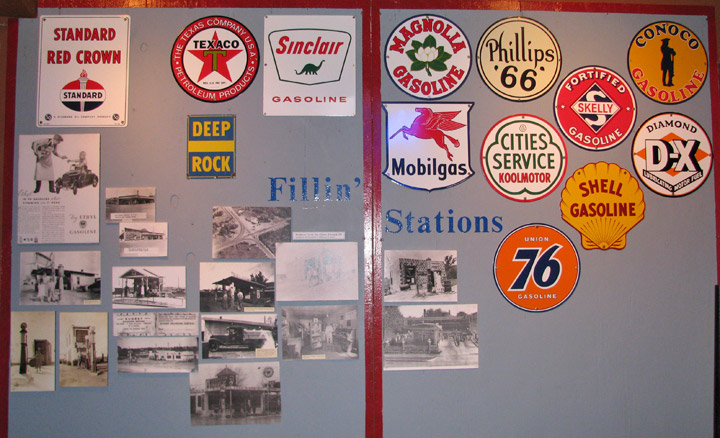
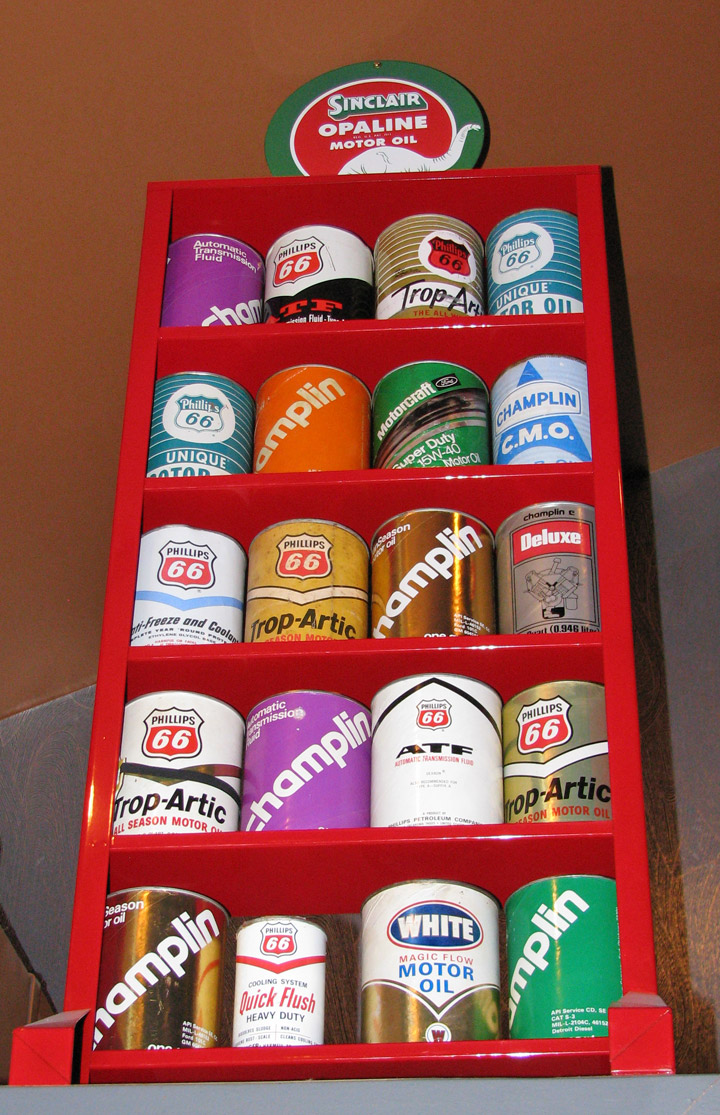
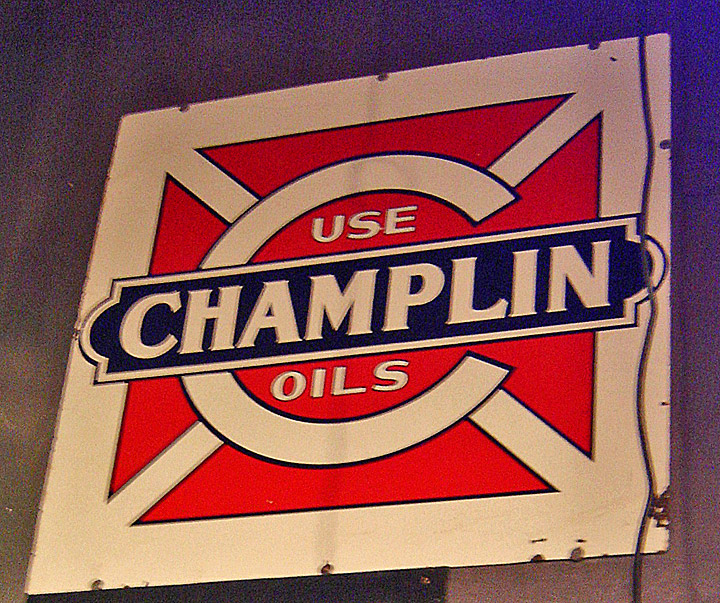
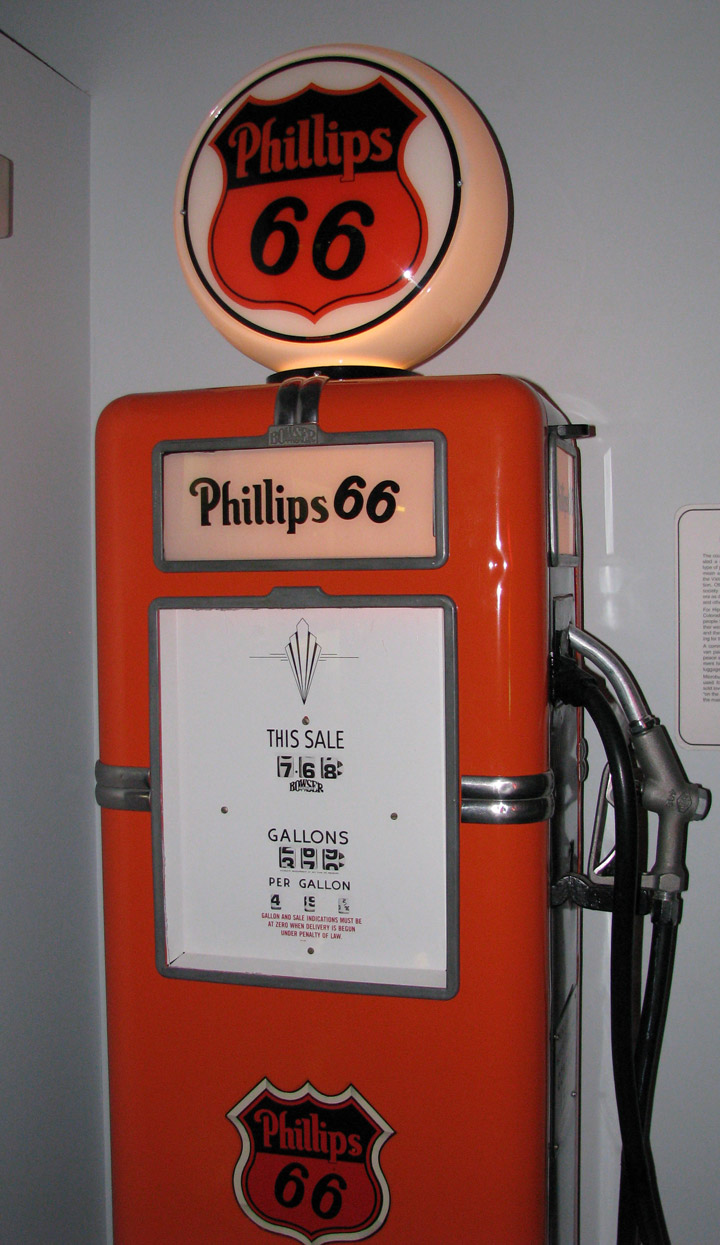
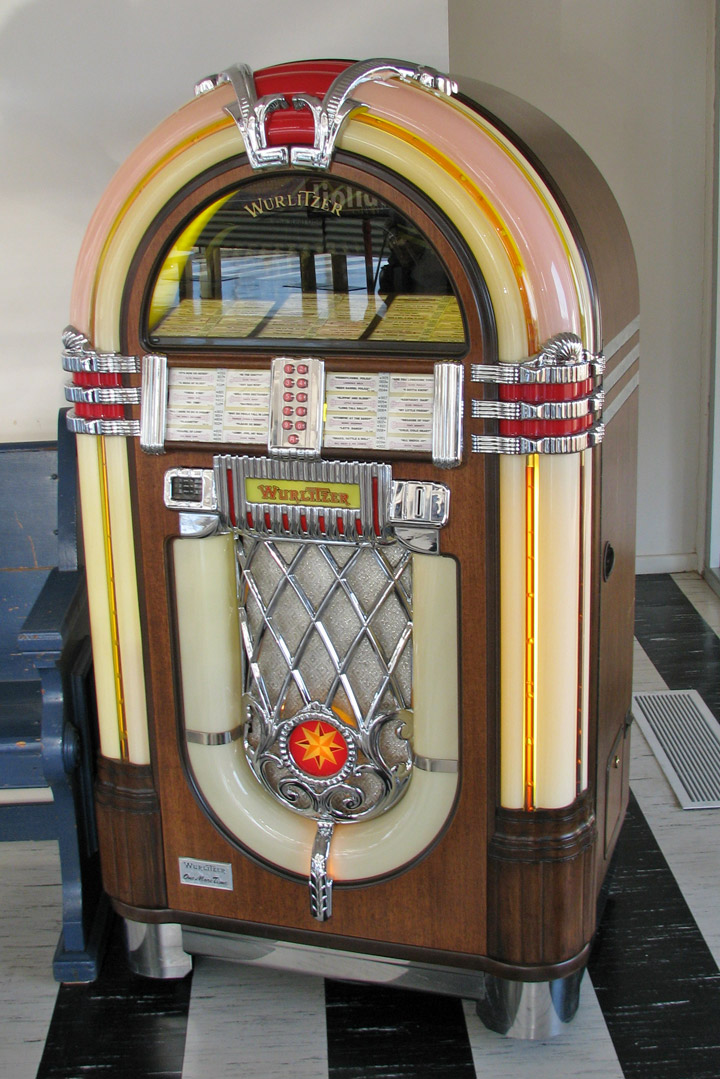
Nickel for a tune
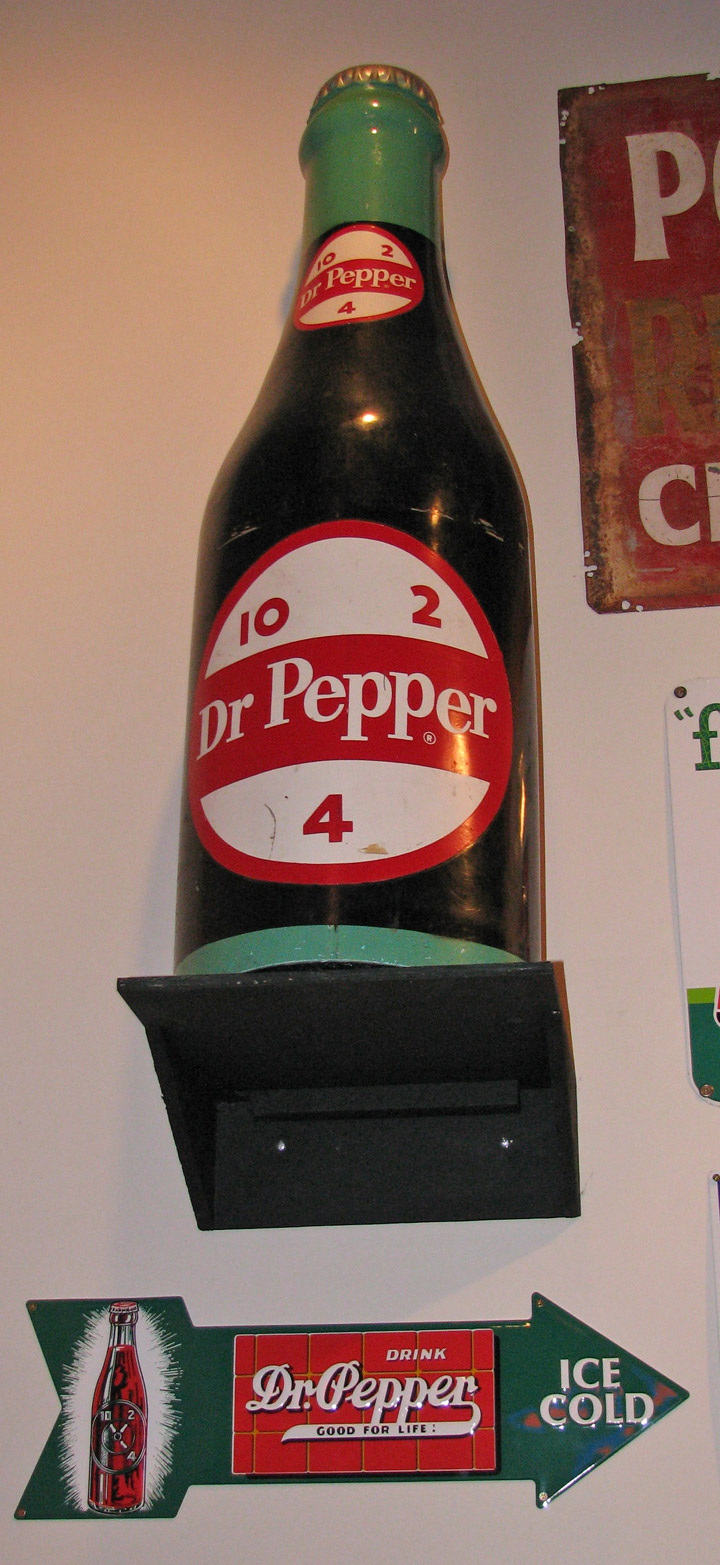
Dr. Pepper at 10, 2 and 4
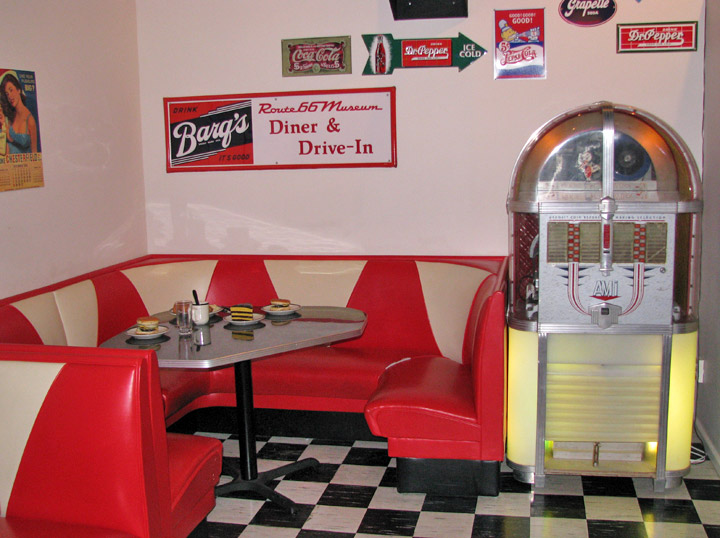
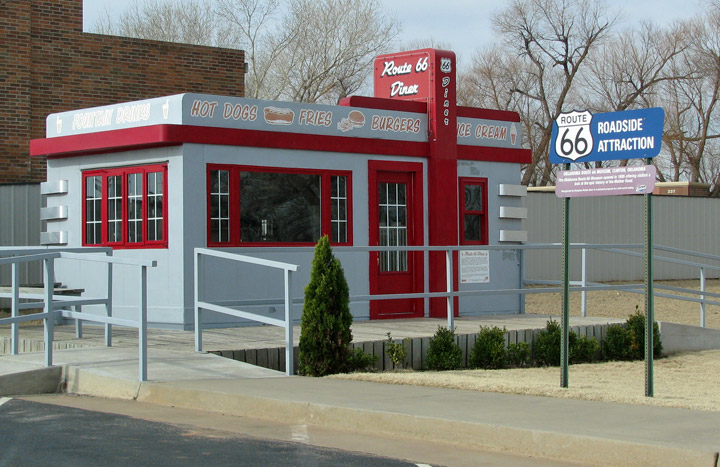
Route 66 Diner
Historic Route 66 today
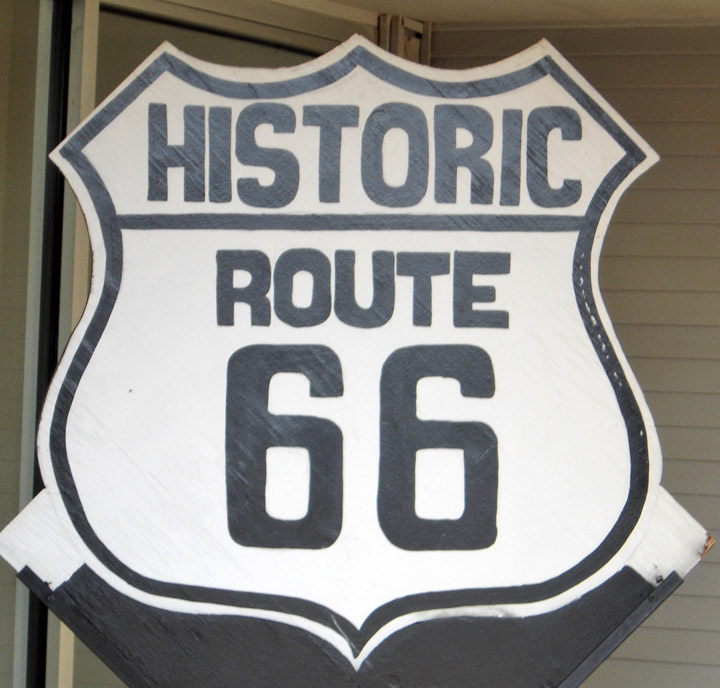
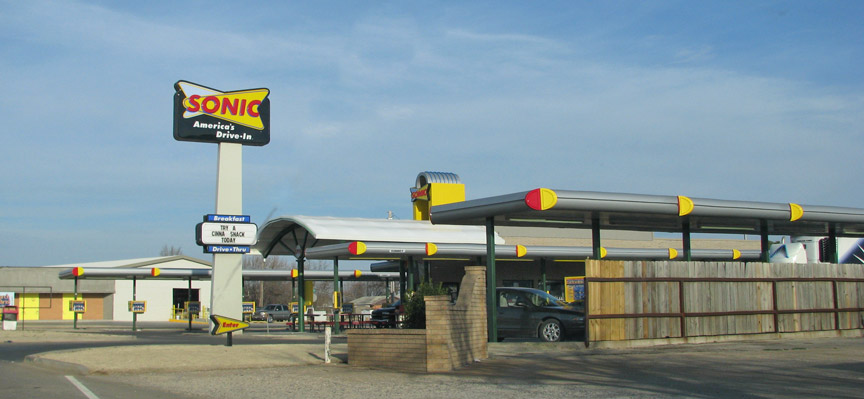
Sonic Drivein
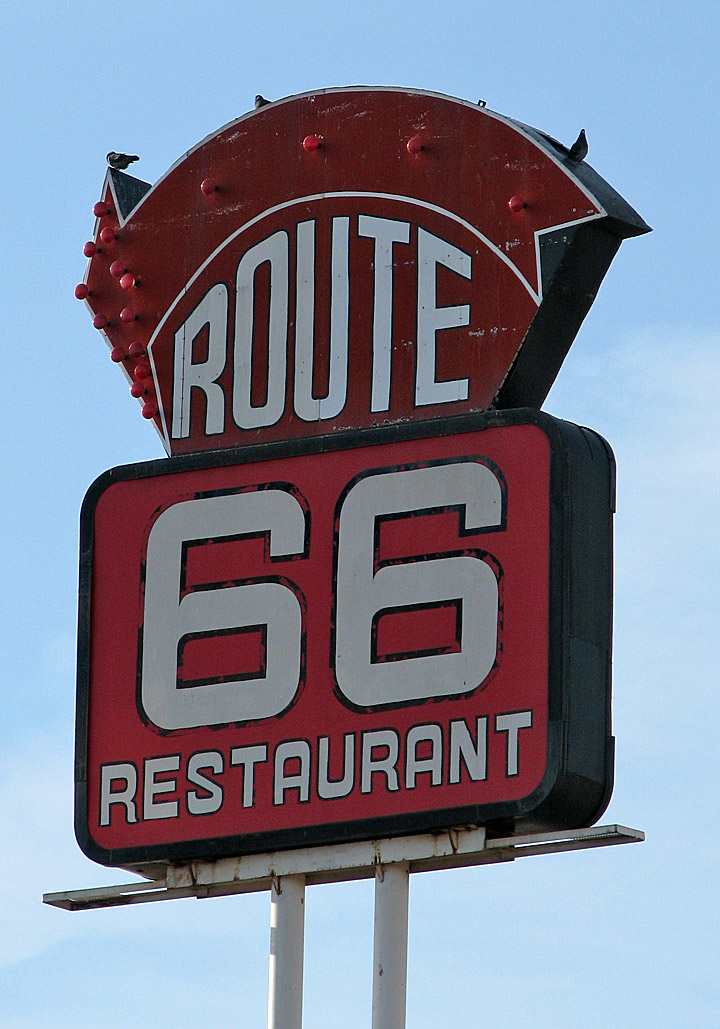

honoring Oklahoma Pioneers
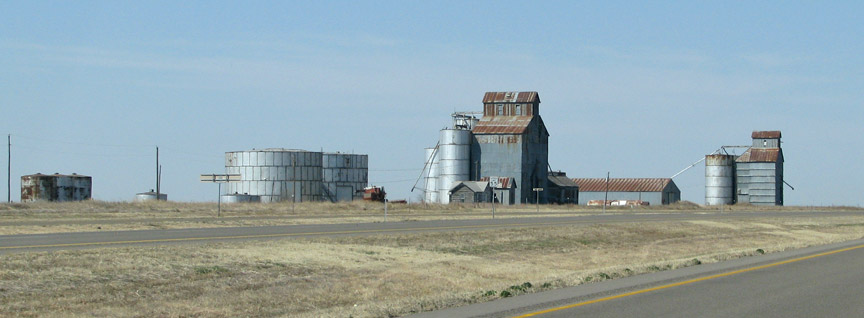
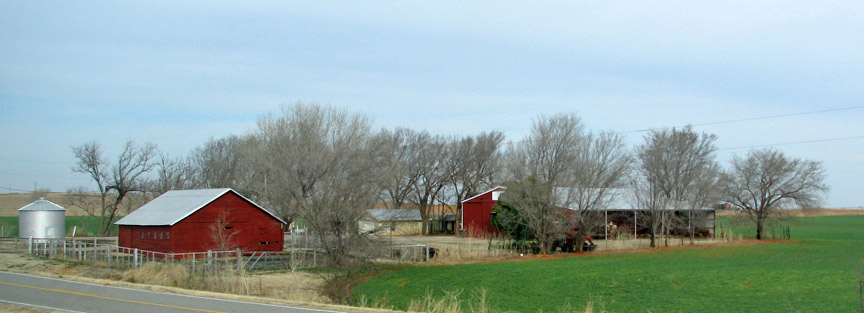

a Cross, not a water tower
Photos of Historic Route 66 in Litchfield, Illinois